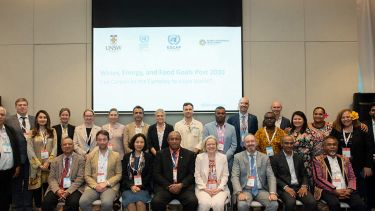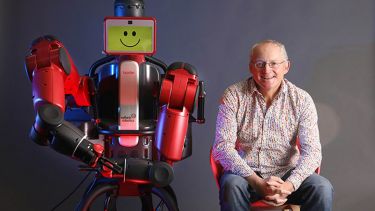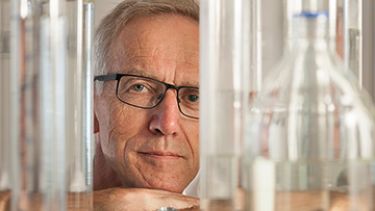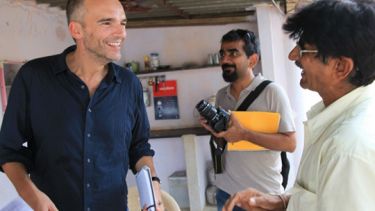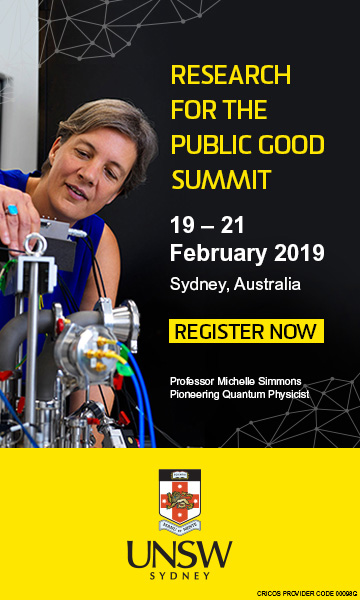UNSW Sydney – and Australia – is at the forefront in the quest to develop the world’s first commercial scale quantum computer.
“We want to build not just a quantum computer, but a quantum computing industry here in Australia. We’re up against the likes of Google, IBM and Microsoft and we believe we will win the race.”
2018 Australian of the Year Professor Michelle Simmons and her research team are leading the global race to develop a quantum computer in silicon: a powerful new form of computing with the potential to transform information processing.
The international competition to build these super powerful computers has been described by the Australian government as “the space race of the 21st century”.
Professor Simmons has pioneered unique technologies internationally to build electronic devices at the atomic scale. Her team is the only group in the world that can manipulate individual atoms to make atomically precise electronic devices.
Precision atom qubits achieve major quantum computing milestone
As director of Silicon Quantum Computing (SQC) Pty Ltd – Australia’s first quantum computing company – Professor Simmons is working to build the first useful, commercial quantum computer. Co-located with Australian Research Council Centre of Excellence for Quantum Computation and Communication Technology (CQC2T) at UNSW, SQC has raised $83 million to date and is investing to deliver a prototype 10-qubit device in silicon by 2022.
“There are a number of big teams from around the world in the race to build the first workable quantum system, with huge amounts being invested in many different types of qubit technology, the basis for a quantum computer.
“The question is: who's going to get there first, and are they going to be working alone or working in a team? We're backing silicon qubits because we know they are easier to manufacture and more stable than other types of qubits.”
Professor Simmons was recently elected to the American Academy of Arts and Sciences, joining the likes of Albert Einstein, Stephen Hawking and Alexander Graham Bell. She was also named 2018 Australian of the Year, one of the nation’s pre-eminent awards, and in July was admitted as a Fellow of the Royal Society of London.
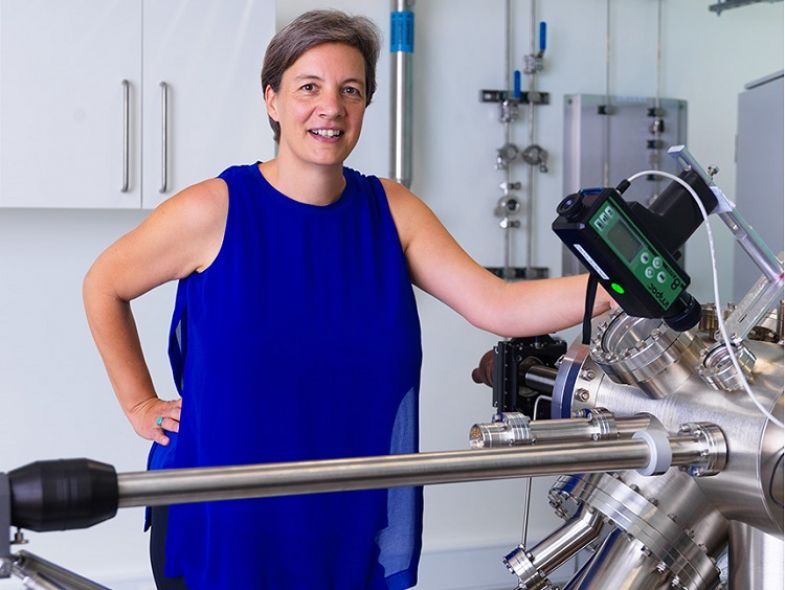
The promise of these machines, once realised, is incredible. A quantum computer with just 30 qubits would exceed the power of today’s super computers and one with 300 qubits would exceed the power of all computers on Earth combined.
“A quantum computer would be able to solve problems in minutes that would otherwise take thousands of years.”
This includes performing modelling of complex systems, such as climate and economic systems; the design of new drugs and materials; face and speech recognition; data security and search engine optimisation; and simulations of protein folding and other advanced biochemical processes.
School students get exclusive insights into the world of quantum
In addition to being one of the world’s top scientists, Professor Simmons is a passionate advocate for students – especially young women – who want to pursue a career in STEM.
In her acceptance speech for 2018 Australian of the Year, she touched on themes that resonated with many school students and teachers: her encouragement of young people to pursue what they love, to set their sights high, to tackle the hardest challenges in life and to be the creators – not just the users – of technology.
To encourage more participation, Professor Simmons and her team recently opened the CQC2T for one day to offer students the opportunity to see the team’s ground-breaking work in action.
“When I was younger, I got to see a fabrication plant in the US and observed how they make semi-conductor chips. It completely opened my mind to the world of possibility that was out there. I remember thinking that all children should see this."
“Here we are in Australia, we've got this great facility of building chips in-house, so I'm hoping we opened the students’ eyes to what's out there, to all the kinds of jobs they can have, and just get them excited by science.”

